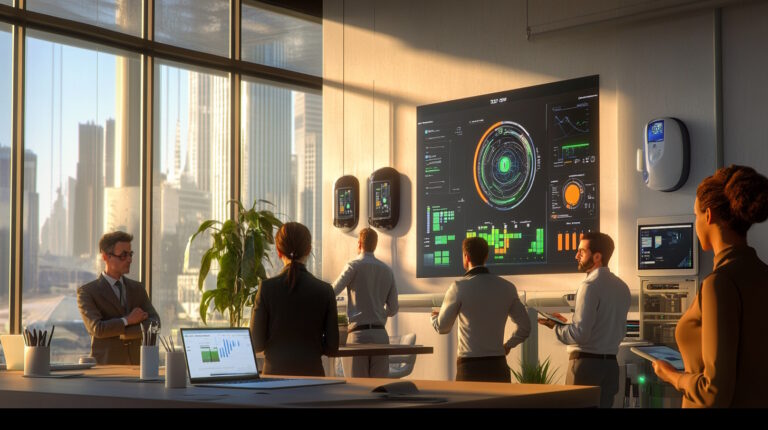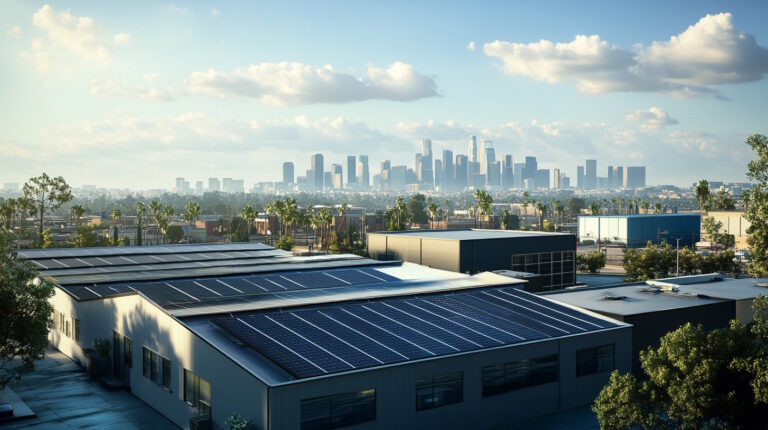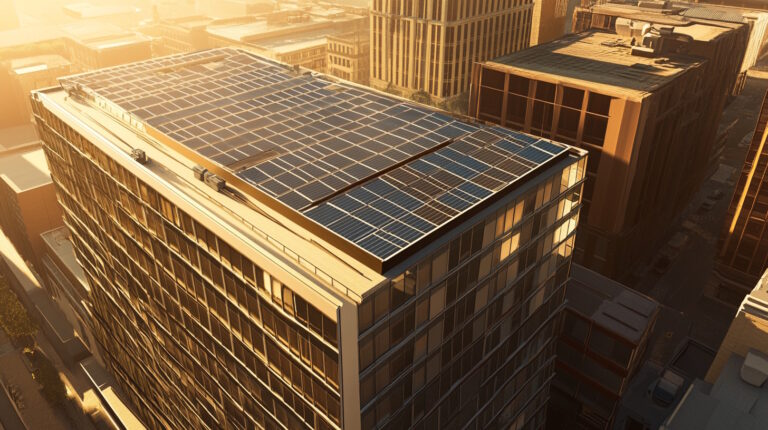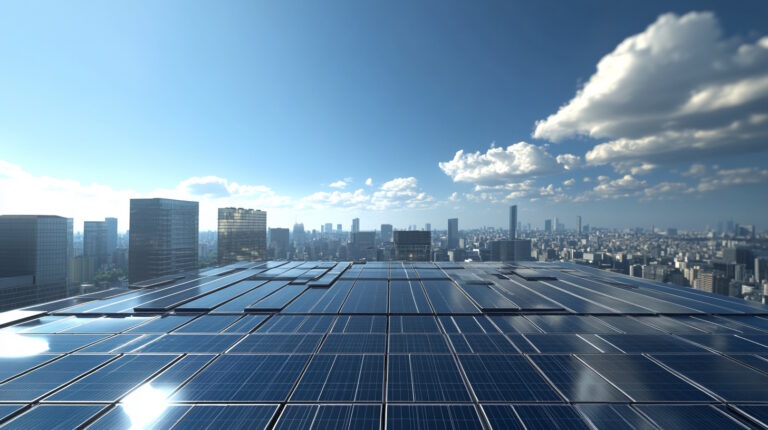Article Insights
– 💡 Illuminate your understanding of the kilowatt hour and why it’s essential for every business.
– 💡 Learn how to leverage knowledge of energy consumption to cut costs and boost sustainability efforts.
– 💡 Discover practical tips to manage and reduce your business’s energy usage effectively.
– 💡 Empower your team through energy awareness initiatives to foster a culture of sustainability.
Unveiling the Power of Kilowatt Hours for Business Success
In today’s fast-paced world, where every penny counts and sustainability is more than just a trend, businesses are increasingly recognizing the importance of energy management.
But with utility bills climbing and energy prices flickering unpredictably like disco lights, understanding the “kilowatt hour” has become a business superpower.
Yes, you’re about to learn how this simple concept can illuminate your path to savvy energy use and substantial cost savings.
Let’s plug into the basics and delve deeper into why understanding a kilowatt hour isn’t just smart—it’s essential for success.
From insightful energy consumption analysis to actionable strategies for minimizing use, this article will turn you into an energy-saving superhero. Your utility bill might even thank you!
Kilowatt Hour Explained and Why It Matters for Your Business
So, what is a kilowatt hour exactly? At its core, a kilowatt hour (kWh) is simply a unit of energy that measures how much power your devices consume over time.
Imagine you’ve just acquired a 1,000-watt disco ball (yes, we’re partying with the idea of energy!).
If it turns all night for one hour, you’ve used one kilowatt hour of energy.
Why is this crucial to know? Well, when the energy fairies (your utility company) calculate your bill, they’re looking at how many of those kilowatt hours you’ve boogied through.
Understanding how these work isn’t just for bill-calculating elves, though. It’s a core part of managing your business’s energy consumption effectively.
Whether you’re running a small café or a sprawling office, knowledge of kilowatt hours enables smarter business decisions, helping you reduce costs while powering up your sustainability goals.
The Vital Importance of Kilowatt Hours for Businesses
In the land of business, where expenses can swiftly get out of hand like popcorn in a microwave, knowing your energy consumption in kilowatt hours is your golden ticket to effective cost management.
By understanding how much energy you’re eating up, you can slice your bills and plan budgets with the finesse of a master chef.
Moreover, if you’re driven by sustainability—and let’s face it, who isn’t these days—you’ll find tracking kilowatt hours a delightful stroll into the green fields of regulatory compliance and reduced carbon footprints.
Even businesses that aren’t naturally energy-guzzlers should pay attention. Not only does it make financial sense, but it positions your company as environmentally conscious and forward-thinking.
Enhancing your company’s green credentials can be as rewarding as that first sip of morning coffee, helping you meet lofty sustainability goals and sidestep regulatory hurdles.
Mastering Energy Consumption for Businesses: Beyond the Basics
Understanding energy consumption is not solely about flicking off a few switches.
It’s about pinpointing areas within your business that devour energy like a pack of ravenous wolves and then implementing targeted, energy-saving initiatives.
Identifying which devices push up your kilowatt hour usage allows for informed decisions when investing in energy-efficient equipment.
Once your business is aligned with energy-saving strategies, don’t keep it under wraps like a secret recipe.
Empower your employees with the knowledge they need to engage in energy efficiency.
With regular monitoring and updates on usage, you can ensure everyone’s dancing to the same energy-saving beat, contributing to a shared goal of sustainability.
Calculating Your Business’s Kilowatt Hour Usage
Harnessing the power of kilowatt hour knowledge starts with understanding how to calculate it.
The formula is straightforward: Multiply your device’s wattage by the hours it operates and divide by 1,000. For example, using a 500-watt device for 10 hours results in 5 kWh.
For a more detailed insight into your energy consumption, consider installing energy meters or conducting energy audits. Your utility bills are your ally, too.
Like a detective, examine them closely to gain a grasp of your kilowatt hour consumption over time. This unveils inefficiencies and illuminates patterns that may be costing you more than you realize.
Creative Strategies to Clip Your Kilowatt Hour Usage
If reducing kilowatt hour consumption were an art, you’d be Picasso!
One of the first brush strokes? Maximize natural light whenever possible by drawing back the curtains and letting the sunshine spill into your workspace.
Investing in energy-efficient appliances can also lead to substantial savings over time, as can utilizing smart technology like sensors and smart thermostats for more refined control over energy use.
Finally, engage your team in the mission to cut down kilowatt hours.
Encourage simple habits like turning off unused devices and reminding them of the impact their actions have on overall energy consumption.
These little changes can blossom into substantial savings, making energy efficiency everyone’s business.
Navigate Your Kilowatt Hour Journey with Ongoing Monitoring
The journey doesn’t end with implementing strategies; monitoring kilowatt hour usage should be a regular task, like brewing a pot of office coffee.
Utilizing smart meters allows for real-time analysis of your energy stems and saplings. Regularly review your consumption data to pinpoint discrepancies and explore trends, ensuring your efforts remain on the mark.
Energy management software can serve as a trusty partner, offering valuable insights and analytics on energy usage over time.
Set ambitious yet achievable energy goals to steer your business strategy, and celebrate milestones as you reach them.
Progress is brewed in the cup of continuous improvement!
Drive Energy Awareness and Empower Your Team
Training your staff about energy use is not an optional extra—it’s a central ingredient for cultural change.
Offer engaging sessions that educate your team on energy-efficient practices and why these matter.
Share findings and foster a collaborative environment where everyone feels part of the journey towards reduced kilowatt hour usage.
As your business progresses, make it a habit to update the entire team with energy metrics and collectively strategize on further reductions.
Cultivate a culture where sustainability isn’t a buzzword but a way of life—a tapestry of shared responsibility and empowerment that, when stitched together, spells success.
A Brighter, More Sustainable Future
Understanding kilowatt hours unfolds numerous opportunities. Businesses that master this knowledge can make strategic decisions that not only lower operational costs but also enhance their sustainability initiatives.
From smart monitoring to engaging your workforce, every effort you make paves the way for a brighter and more sustainable future—a win-win for both your business and the environment.
Ready to continue your journey towards energy efficiency? Explore Green Current Advisors’ Solar Energy Solutions to take your sustainability efforts to the next level and drive your business into a greener future.








